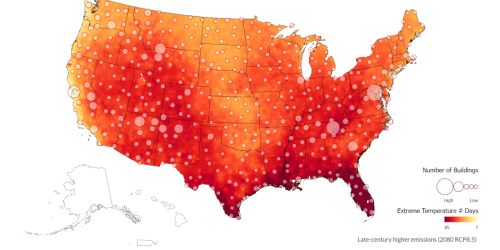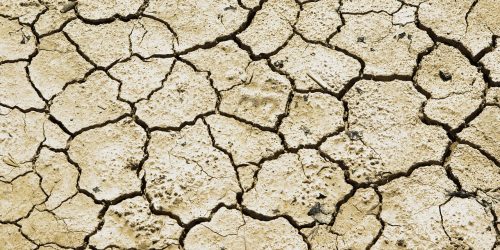The University of Nebraska’s National Drought Mitigation Center (NDMC) has been selected as the new home for the Drought Risk Management Research Center (DRMRC). It is being supported with a three-year $2.4 million competitive grant award through NOAA’s Sectoral Applications Research Program (SARP) in support of the National Integrated Drought information System (NIDIS).


NIDIS staff work directly with states to plan for drought. NIDIS, which is led by the National Oceanic and Atmospheric Administration, integrates federal drought monitoring and preparedness resources from many agencies.
This new Center builds on Nebraska’s National Drought Mitigation Center’s 20 years of experience working with decision makers at all levels to implement drought monitoring and planning. DRMRC will enhance the capabilities of NIDIS to work directly with states to plan for drought.
The DRMRC will conduct applied research on drought risk management by:
- helping lead the coordination of the U.S. Drought Monitor and supporting products and tools,
- working across all scales of drought preparedness and impacts; including local, state, regional, tribal, national, and international, and key socio-economic sectors,
- enhancing regional drought early warning systems and performing drought event assessments,
- advancing innovations in planning for drought, including incorporating drought into multi-hazard mitigation planning, and
- helping to communicate and coordinate across the NIDIS partner network.
The DRMRC will work closely with NOAA’s Regional Integrated Sciences and Assessments (RISAs), the Regional Climate Centers, and other federal, tribal, state and regional efforts.
“The formation of the Drought Risk Management Research Center strengthens NOAA and the federal-state partnerships that help to make the nation more resilient to drought,” said Roger Pulwarty, director of the National Integrated Drought Information System program office. “It will fill a vital role in linking the best available research, data and information to states and communities as they plan for and cope with the impacts of this pervasive hazard.”
NOAA’s Climate Program Office helps improve understanding of climate variability and change in order to enhance society’s ability to plan and respond. NOAA provides science, data, and information that Americans want and need to understand how climate conditions are changing. Without NOAA’s long-term climate observing, monitoring, research, and modeling capabilities we couldn’t quantify where and how climate conditions have changed, nor could we predict where and how they’re likely to change.










